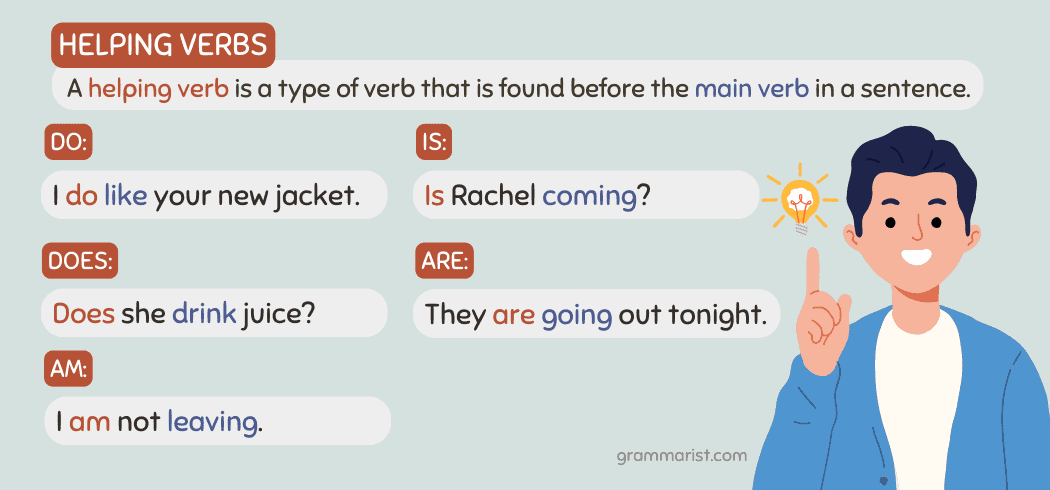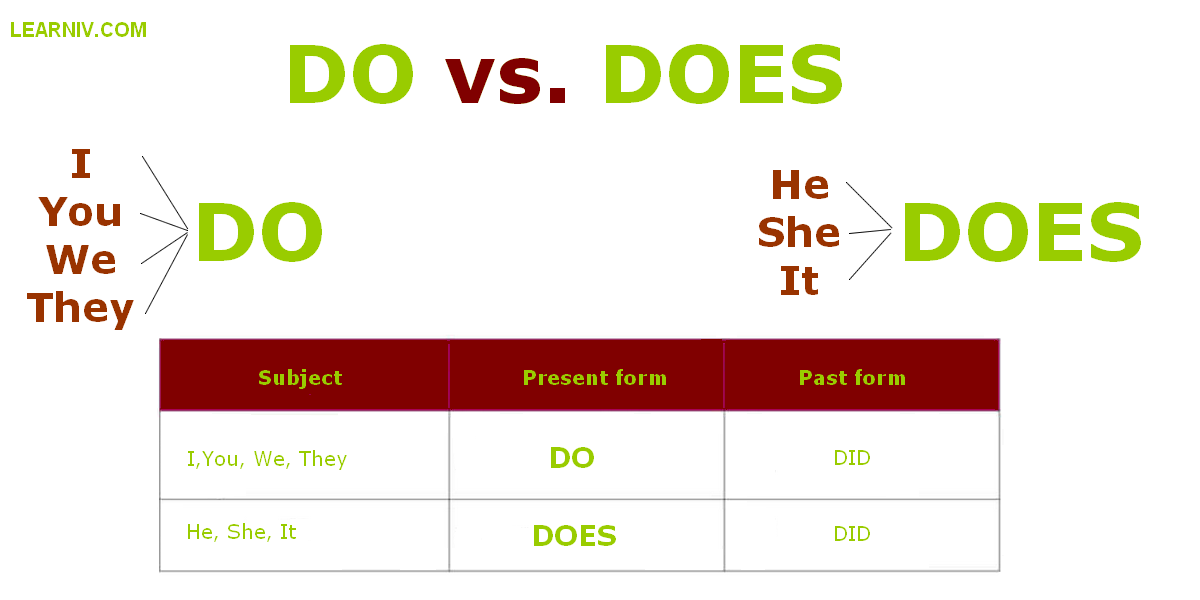Essential Answers to the Most Common Automotive Questions: Maintenance, Buying, and Technical Insights
Introduction
Owning or considering the purchase of a vehicle often leads to many questions-whether it’s about routine maintenance, understanding technical terms, or making informed decisions when buying used cars. Addressing these questions thoroughly not only enhances your confidence but can also help you save money, prevent breakdowns, and ensure a safer driving experience. This article explores the most common automotive questions and provides actionable guidance, practical examples, and step-by-step instructions to empower drivers at every experience level.
Common Automotive Maintenance Questions
How Often Should I Change My Oil?
Changing your vehicle’s oil is crucial for longevity and efficiency. Most modern cars require an oil change every 3,000 to 5,000 miles, but some newer engines can go 7,500 miles or more between changes. Always consult your owner’s manual for the manufacturer’s recommendation. Regular oil changes prevent engine wear, improve fuel efficiency, and reduce the risk of costly repairs [4] . If you drive mostly in severe conditions-like frequent short trips, heavy traffic, or extreme temperatures-you may need to change your oil more often.
How Do I Maintain My Tires?
Tire care is essential for safety and performance. Check your tire pressure at least once a month and before long trips. Under-inflated or over-inflated tires can lead to uneven wear, reduced fuel economy, and increased risk of blowouts. Look for tread wear indicators or use the penny test: insert a penny into the tread with Lincoln’s head upside down; if you can see all of Lincoln’s head, it’s time to replace the tire. Rotate your tires every 5,000 to 7,000 miles to promote even wear [1] .
What Does My Check Engine Light Mean?
The check engine light indicates that your vehicle’s onboard diagnostic system has detected an issue. It can be triggered by something as simple as a loose gas cap or as serious as engine misfire. If the light comes on and stays steady, you should schedule a service appointment soon. If the light is blinking, it signals a severe problem and you should avoid driving the vehicle until it’s inspected [1] . Many auto parts stores offer free diagnostic scans, or you can have a professional mechanic inspect your vehicle.
How Can I Improve My Gas Mileage?
Improving fuel efficiency benefits both your wallet and the environment. Simple steps include maintaining proper tire pressure, performing regular oil and air filter changes, avoiding aggressive acceleration, and reducing excess weight in your car. Using cruise control on highways and minimizing idling can also help. Some vehicles display real-time fuel economy data on the dashboard, which can provide immediate feedback as you adjust your driving habits [4] .

Source: interviewpenguin.com
Understanding Key Car Components
What’s a Differential?
The differential is a specialized gearbox that transfers power from the engine to the wheels and allows them to rotate at different speeds. This is especially important when turning, as the inner and outer wheels travel different distances. A malfunctioning differential can lead to poor handling and increased tire wear. Regular fluid checks and timely servicing can help maintain this component’s performance [1] .
How Does the Clutch System Work?
The clutch in a manual transmission lets the driver disconnect the engine from the wheels to shift gears smoothly. When you press the clutch pedal, the clutch disc disengages from the flywheel, interrupting power flow, so you can change gears. Dual-clutch transmissions use two clutches for even faster, smoother gear changes, increasing performance and fuel efficiency. Understanding these systems is important for both driving and maintenance [2] .
What’s the Difference Between a Crankshaft and a Camshaft?
The crankshaft converts the up-and-down motion of pistons into rotational motion that drives the wheels. The camshaft, connected by a chain or belt to the crankshaft, controls the opening and closing of engine valves. The camshaft typically turns once for every two revolutions of the crankshaft. Understanding this difference can help you discuss engine repairs and maintenance with confidence [3] .

Source: thenarratologist.com
Evaluating Used Cars: What to Look For
Buying a used car can be daunting, but a structured approach helps you avoid costly mistakes. Begin by inspecting for leaks under the car, which can indicate mechanical problems. Check the condition of the battery, interior, and tire tread for signs of uneven wear. Start the car and observe the exhaust for smoke and unusual noises, which may signal engine issues. Request maintenance records and consider a professional pre-purchase inspection to reveal hidden problems. Many reputable mechanics offer this service, and it can save you thousands in the long run [3] .
Dealing with Common Road Hazards and Emergencies
What Is Hydroplaning?
Hydroplaning happens when your tires lose contact with the road surface and ride on top of water, leading to a loss of control. It’s more likely to occur at higher speeds, with worn tires, or in heavy rain. To reduce the risk, regularly check your tire tread, maintain correct air pressure, and slow down in wet conditions. If you begin to hydroplane, ease off the accelerator, avoid sudden steering movements, and steer gently in the direction you want to go [1] .
Step-by-Step Guidance for Accessing Automotive Services
If you need help with car maintenance or repairs, many reputable repair shops and dealerships offer online appointment scheduling, phone consultations, and in-person assessments. To find a trustworthy mechanic or service center:
- Ask for recommendations from friends and family who have had positive experiences.
- Search for certified shops through organizations like the National Institute for Automotive Service Excellence (ASE) by visiting the ASE website and searching for “Find a Repair Shop.”
- Check reviews on established platforms such as AAA’s Approved Auto Repair locator or major automotive club directories.
If you are considering a used vehicle purchase, you can obtain a vehicle history report through reputable providers such as Carfax or AutoCheck. Always review the vehicle’s service records and verify the title status through your state’s Department of Motor Vehicles or official motor vehicle registry.
Alternatives and Additional Resources
If you prefer to perform basic maintenance yourself, automotive supply stores often provide free battery and diagnostic testing. Many offer classes or online tutorials on tasks like changing oil, replacing air filters, or rotating tires. For complex repairs or safety-critical issues, it is advisable to consult a certified professional. If you have manufacturer-specific questions, consult your vehicle’s owner’s manual or contact the manufacturer’s official customer support.
Key Takeaways and Next Steps
Answering common automotive questions empowers you to make informed decisions about vehicle care, purchasing, and safety. By maintaining your vehicle proactively, understanding key systems, and knowing how to evaluate used cars, you can reduce costs and increase reliability. For personalized guidance, consult certified professionals or contact local automotive organizations. Stay informed by regularly reviewing your owner’s manual, keeping up with vehicle recalls, and exploring reputable automotive websites for updates and expert advice.
References
- [1] Dan’s Auto Center (2022). 10 Common Automotive Questions Answered.
- [2] Verve Copilot (2025). Top 30 Most Common Automobile Interview Questions.
- [3] Indeed Career Guide (2025). 38 Interview Questions for Jobs Related to Cars.
- [4] Wisco Automotive (2025). The 10 Most Common Car Maintenance Questions and Answers.



